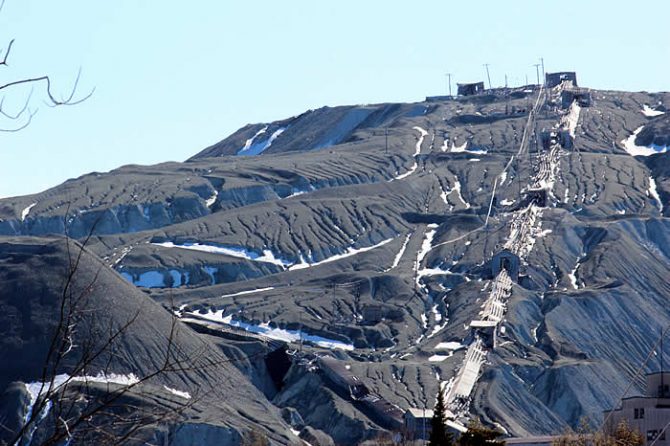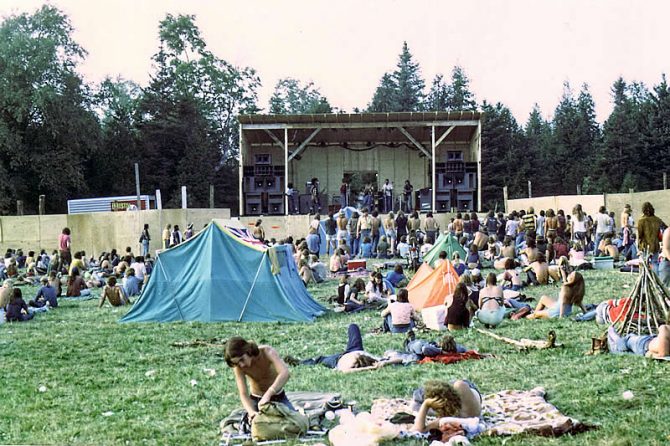Shelburne, Vermont's 250th birthday
The Town of Shelburne was chartered on August 18, 1763. In that year, Governor Benning Wentworth of the New Hampshire Colony granted charters to thirty-seven towns. Controversy had developed between the New Hampshire and New York colonies over sovereignty of the Vermont Territory, and the outcome was in doubt. Since Wentworth stood to lose a great deal financially if it were decided that the lands were not his domain, he quickly disposed of much of his land in 1763.
The Town of Shelburne, Vermont was named for the Earl of Shelburne, a member of British Parliament who had championed the claim of New Hampshire to lands between the Connecticut River and Lake Champlain.
The Town was originally granted a total of 23,500 acres. However, when a survey was completed, a large portion of this land was found to overlap land claimed by Burlington. Since Burlington’s charter was a month older than Shelburne’s, its claim took precedence. Burlington’s claim originally included part of Shelburne Point, but in 1794 the State Legislature returned that land to Shelburne. In 1848 an additional portion of land was given to the Town of St. George, reducing Shelburne’s size to roughly 60 percent of the size of the original grant.
Shelburne Early Settlement
Of Shelburne’s sixty-five original proprietors, only John Potter was to actually live in the Town. Potter settled at Shelburne Point in 1768 with Thomas Logan, and the two became associated in transporting oak timber rafts to the Quebec market. On returning from a delivery to Quebec in 1775, they were murdered by two escorts assigned to provide them protection. Potter and Logan, however, are credited with opening the lumber trade with Canada during the preceding seven years.
Although Potter and Logan were Shelburne’s first known settlers, Lyman Thayer, the nineteenth century town historian, has stated that an Indian village and burying ground were located at the head of Shelburne Bay, near where the LaPlatte River and McCabes Brook, formerly known as Cogman’s Brook, converge.
By the time of the American Revolution, about ten families had settled in Shelburne near the Lake. However, the unrest caused them to leave for points south. The Town did not begin to see resettlement until 1783. By the time the first town meeting was called in March of 1789, twenty-four families resided in Shelburne. By 1791, the United States Census recorded a Town population of 389 people.
Early Economic Activities in Shelburne
The earliest settlers were farmers. Eventually, as support services developed, more concentrated patterns of human settlement emerged. Lazel Hatch constructed the Town’s first sawmill east of the present Shelburne Inn in 1784, in the area now known as Shelburne Village. However, with the construction of a log bridge across the LaPlatte River in 1785, Shelburne Falls became the Town’s first major activity center. A dam was soon built, and a sawmill was located on the south side of the river. In 1786 a dam was constructed on the lower side of the Falls, which was followed by the construction of a grist mill in 1789.
In 1789, the public road from Middlebury to Burlington (now U.S. Route 7) was opened by Captain Benjamin Harrington. The access provided by this road created a locational advantage for the Village area which ultimately became the dominant village center.
In the 1790's, the settlement pattern was less clear. There were two distinct settlements — one taking advantage of water power at the Falls, and one capitalizing on the convergence of two main roads. In 1796, Benjamin Harrington built a hotel just north of the potash factory, and this helped to establish the pattern of the Falls as the manufacturing center and the Village as the center of commerce.
There were, of course, other smaller centers throughout the town; most often at crossroads marked with a school (there were thirteen school districts in Shelburne in 1840). Two such centers found on maps dated 1857 were located at Barstow Road and at the four corners of what is now Southern Acres Farm.
In 1835, the saw, grist and woolen mills in Shelburne Falls were supplemented by the addition of a tannery shop on the west side of the river, and a blacksmith and triphammer shop on the east side. The Village had also experienced growth, containing at this time two stores, a tannery , and a shoe shop, as well as the potash manufactory. The White Church (Congregationalist – completed in 1807) was used for Town Meetings.
Shelburne’s farmers were active in a variety of agricultural endeavors. In general, the western part of Town, which enjoyed the moderating influence of Lake Champlain, was known for its fruit orchards, while the eastern part of Town specialized in grain production. Figures from the year 1840 (found in the 1842 edition of Thompson’s Gazetteer of Vermont) indicate the following output: 1,768 bushels of wheat, 772 bushels of barley, 11,545 bushels of oats, 944 bushels of rye and 462 bushels of buckwheat. Also produced were 35,281 bushels of potatoes, 2,158 tons of hay and 1,220 pounds of sugar. In that same year, the Town’s 17,376 sheep produced 36,677 pounds of wool. This period marked the height of the Merino Sheep raising in Vermont. Shelburne’s location on Lake Champlain and its connections to outside markets helped the Town shift from self-sufficient family farming to commercially oriented farming.
The Era of the Railroad
In 1849 the Rutland Railroad began to stop in the Village. In turn, the railroad opened a far greater market for the Town’s farming community. The farms gradually changed to dairy farming, producing cheese and butter for export. A very successful cheese factory was constructed as early as 1871 south of the Village on Falls Road. Another cheese factory served farmers in the northeast corner of Town. In 1879, New England’s first butter creamery opened in Shelburne.
In the 1880's, the Shelburne Flouring Mills were still in operation, as was the sawmill which did custom work at a volume of about 150,000 board feet annually. Large fruit shipments were made from the Town’s 27 orchards (17,749 fruit trees). Baldwin and White’s Refrigerator Manufactory employed between fifteen and twenty men. The manufacture of steamboats continued, as it had since the 1820's, at the Shelburne Shipyard on the eastern shore of Shelburne Point.
Although the Town’s population declined between 1870 and 1880, the number of dwellings in the Falls and Village areas seems to have doubled. Each area contained about 30 dwellings. This suggests that fewer people were working on the farms and opting instead to work in Shelburne’s manufactories and shops. This is borne out by an examination of houses in the Village and Falls. The dominant architectural style dates from the late 1870's and 1880's. On the other hand, most existing farmsteads appear to date from the 1810 to 1850 period.
During the period 1880 to 1890, Shelburne’s population increased from 1,096 to 1,300. This increase reflects the impact of Shelburne Farms. In 1866, Dr. and Mrs. W.S. Webb began purchasing farms on the western side of Town, eventually acquiring a total of 3,800 acres. On this estate, the Webbs constructed an impressive array of farm and residential buildings. The high point of construction activities was reached in about 1890, and accounts for the increase in population (even though most of the previous owners of the farms left Shelburne). When construction was completed (at about the turn of the century) the Shelburne Farms operation provided less employment than did the construction period, and the Town’s population dropped to 1,202 in 1900.
The establishment of Shelburne Farms considerably altered the agricultural base of Shelburne. Dairying and fruit production were of less importance on the large estate than they had been on the smaller family farms. In a sense, over one-fourth of Shelburne’s prime land was removed from what had been conventional agricultural production.
Industrialization in the Twentieth Century
With the increased industrialization of America in the twentieth century came the ready availability of mass produced goods. Many of the support services previously found in small farming communities were no longer needed. Burlington developed as a regional center for Chittenden County, meeting many of Shelburne’s needs. Much of Shelburne’s local manufacturing and commerce disappeared.
In light of Shelburne’s changed farming status and its inability to foster commercial growth, it is easy to understand why its population remained small. From a figure of 1,202 in 1900, it dropped to 997 in 1920, and hovered around 1,000 until the 1940's. During that time Shelburne continued to be primarily an agricultural town with its population limited by the available farmland. The post World War II economic growth in Chittenden County, and the increased popularity of suburban or country living, placed the Town in a markedly different context. Shelburne’s growth became more and more related to that of the Burlington region and less and less tied to its original agricultural activities.
Suburban life brought with it a greater variety of land uses and complications of a fast growing population and its increased demands for services. Since the mid 20th century, the Town has grown to a population of over 6900 and with that the infrastructure and services to accommodate the population. Shelburne residents experience a high quality of life as one of the communities on the outskirts of Burlington.
Historical Shelburne Vermont Photo Gallery
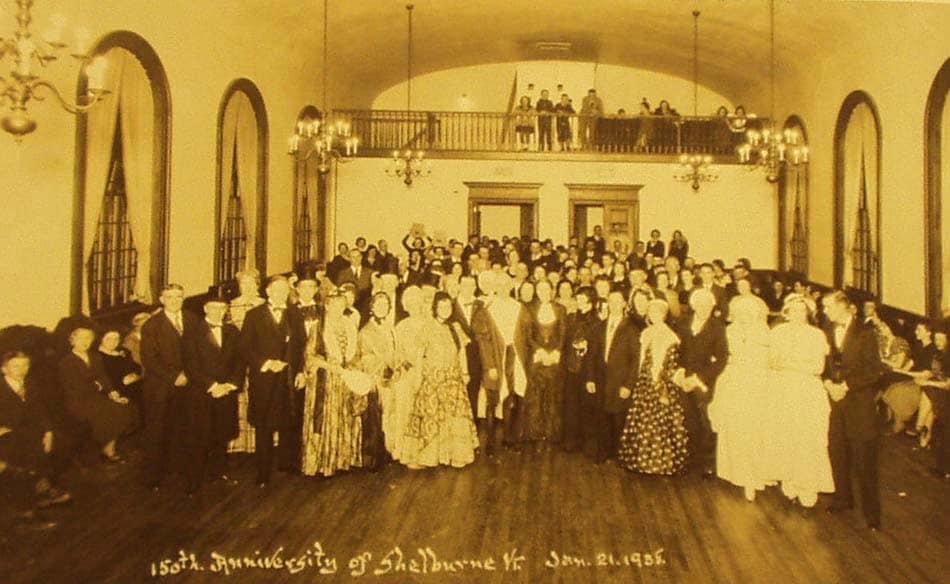
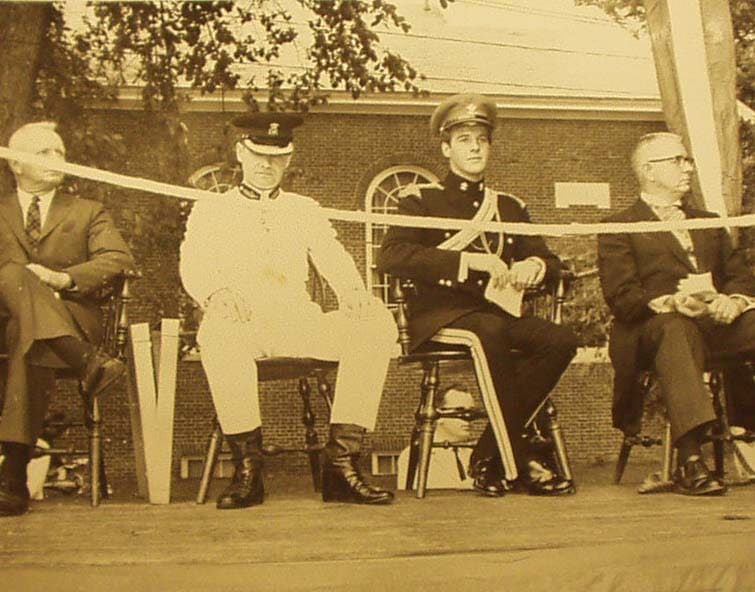
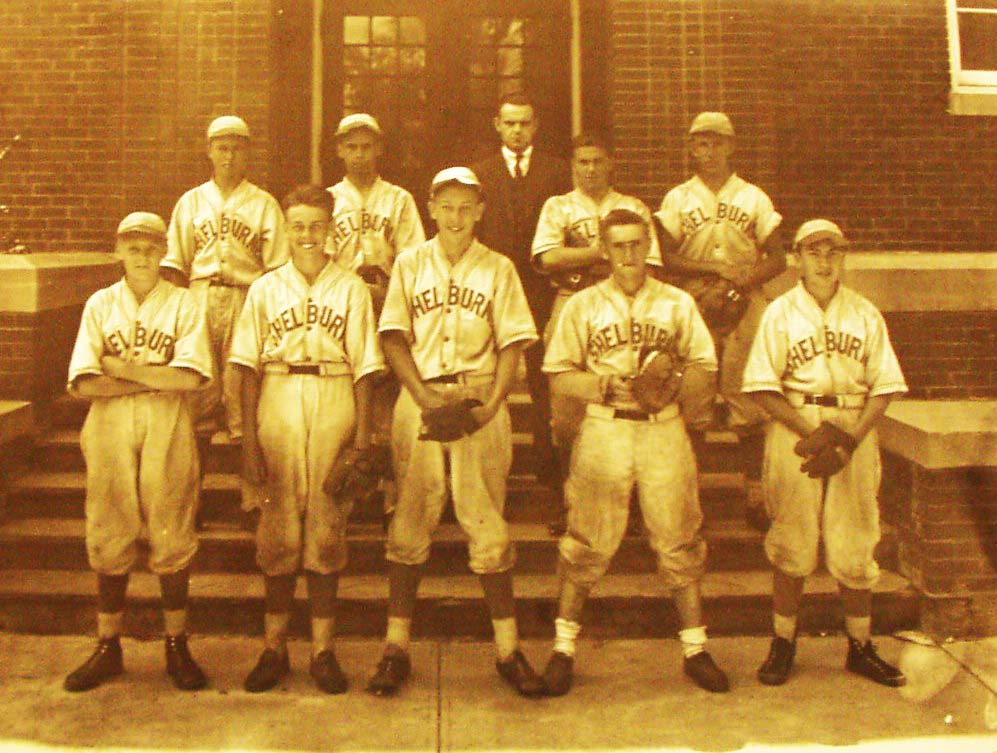
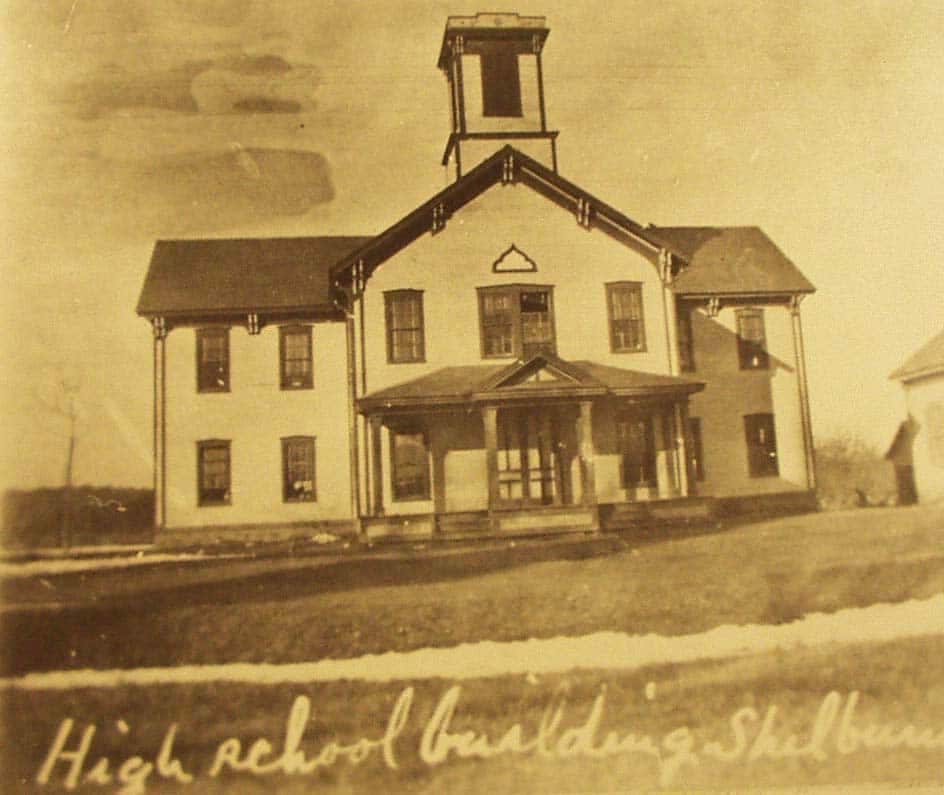
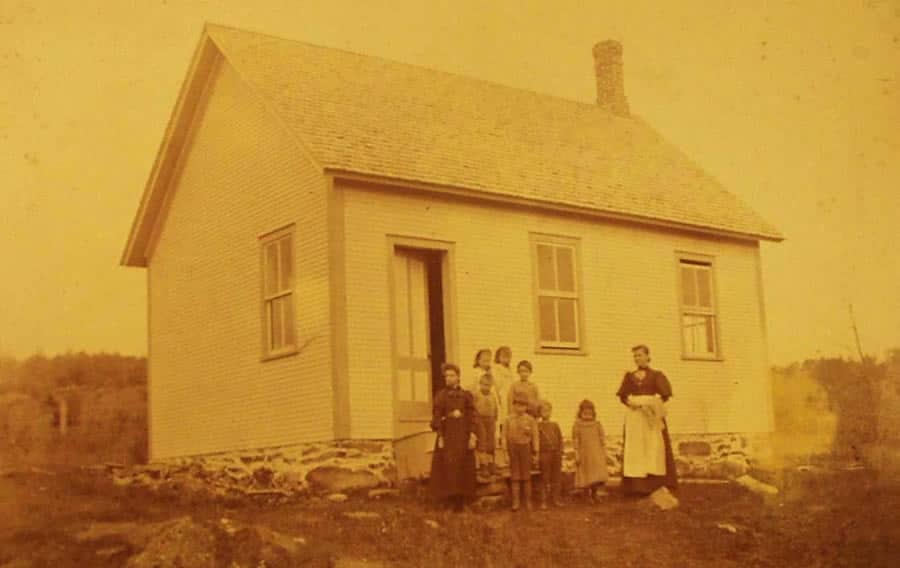
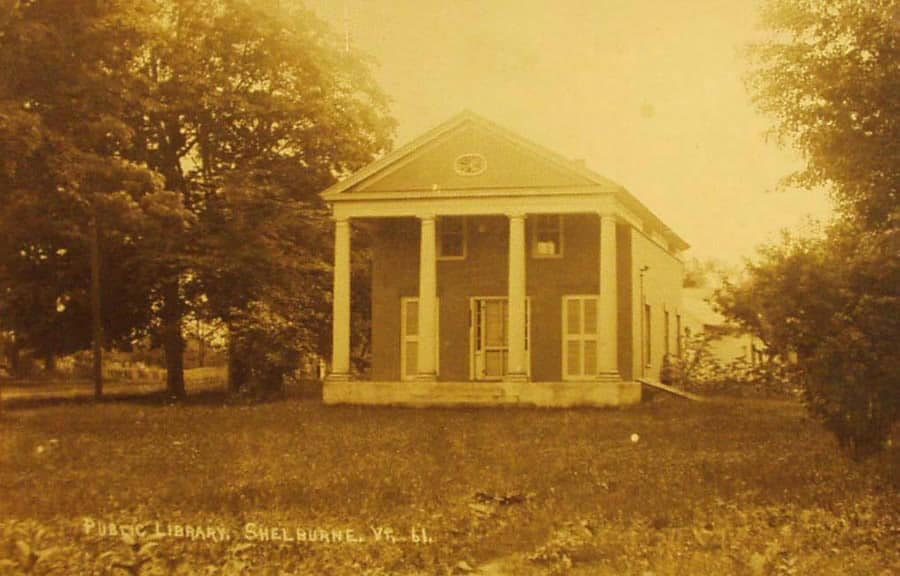
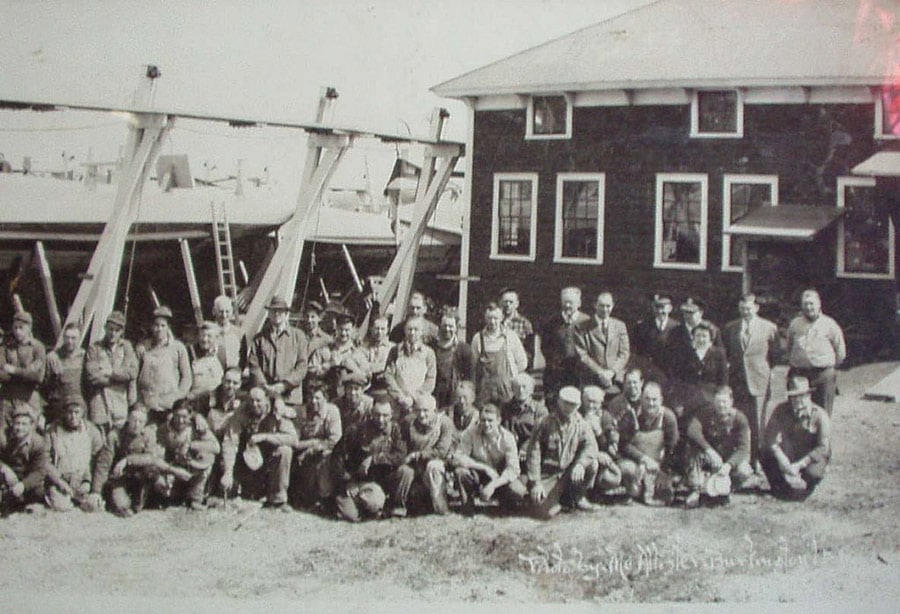
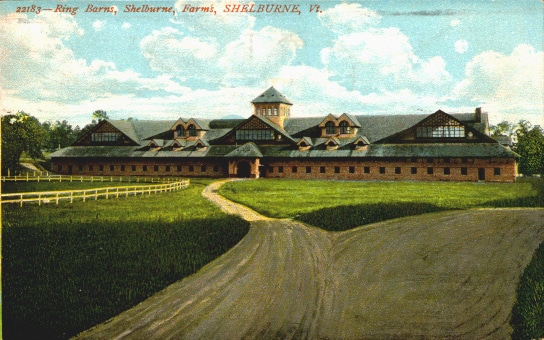
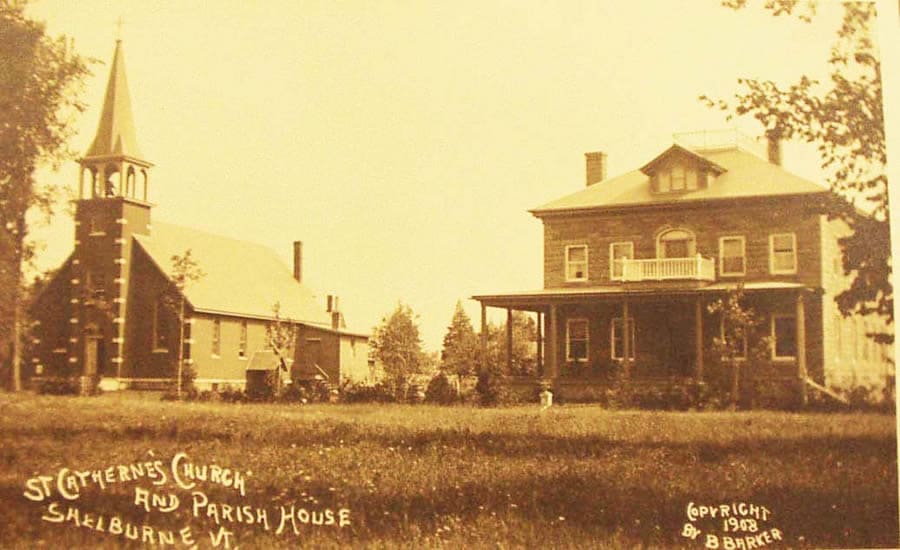
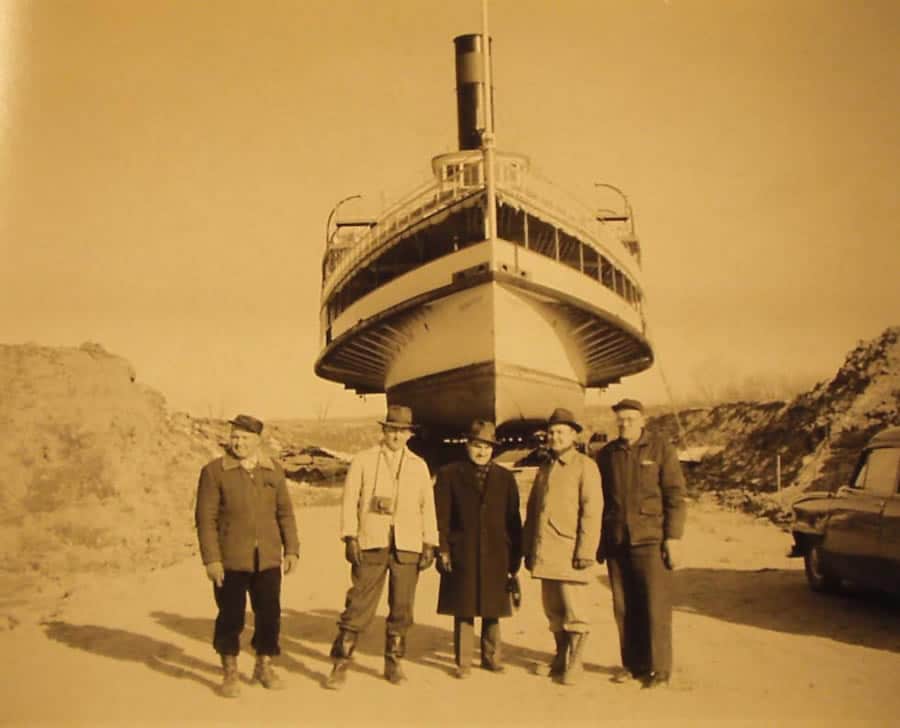
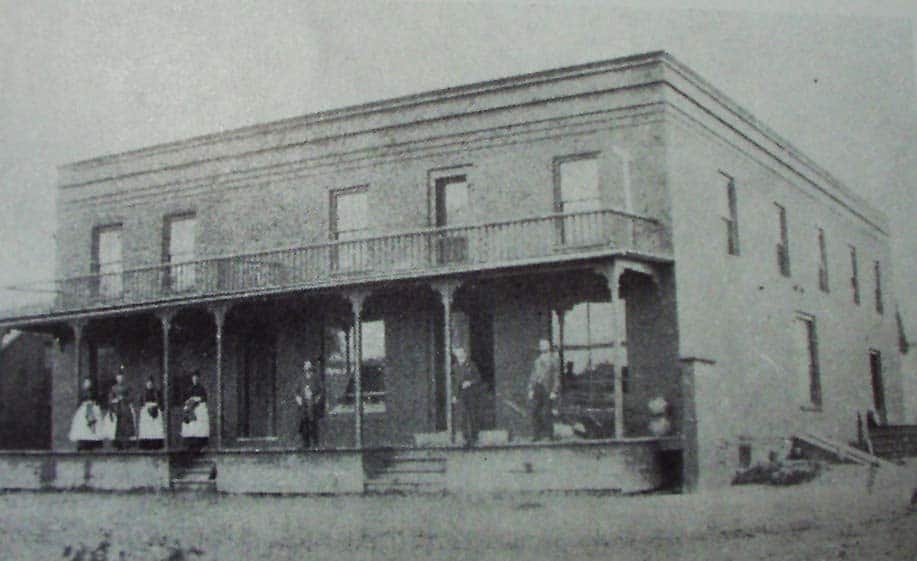
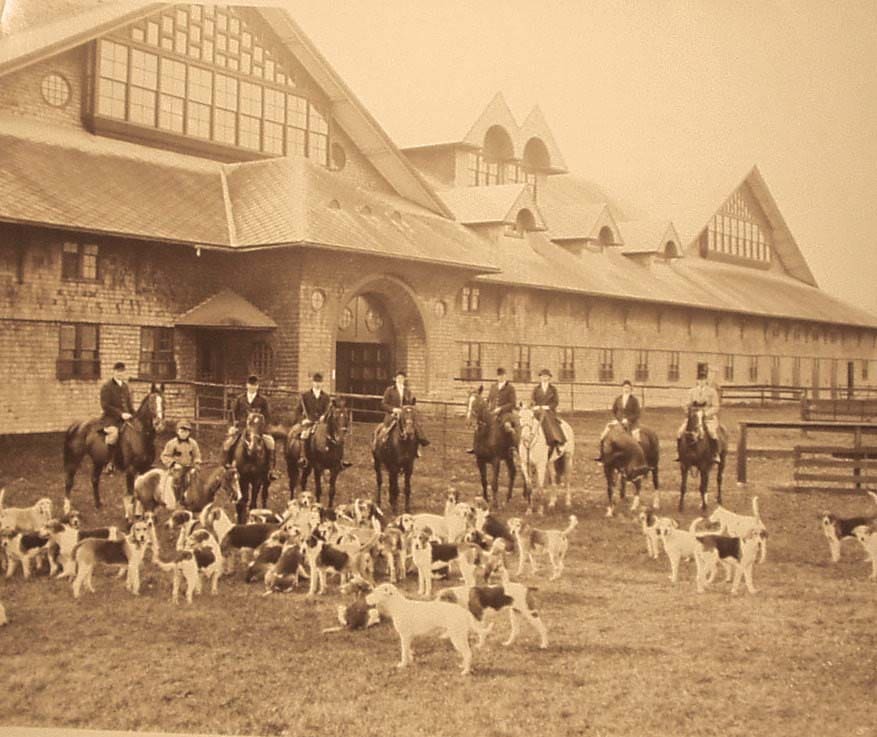
The above article was created by Sara Blum of Shelburne for the Shelburne250 website which enjoyed a temporary but useful purpose. The Facebook page is still available here.
Thank you for visiting Vermonter.com! Please subscribe to our email list for the latest articles!




